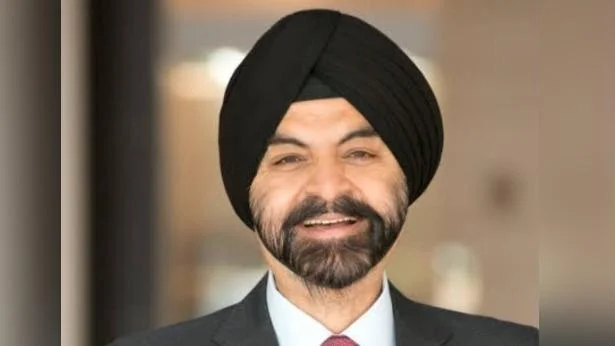In 2023, the World Bank and the World Gold Council embarked on a collaborative effort to advance sustainable and responsible artisanal and small-scale gold mining (ASGM). This partnership leverages the strengths of both institutions, including development expertise, financial capacity, market knowledge, and stakeholder relationships. The initiative is designed to balance development with security interventions, support host government strategies, invest in necessary infrastructure, and provide guidance for resolving social conflicts and criminality in gold mining operations. The partnership also aims to involve additional financial and technical partners such as large-scale gold mining companies, development agencies, intergovernmental organizations (IGOs), investors, and downstream actors.
The Multistakeholder Partnership Initiative (MSPI) has specific objectives for selected countries:
- Support Governments and ASGM Entities: Nurture sustainable small-scale gold mining sectors.
- Promote Legal and Responsible Mining: Ensure environmental and social stewardship in small-scale gold mining.
- Foster Collaboration: Encourage cooperation among host governments, large-scale mining companies, ASGM actors, civil society, and other technical partners under a common governance framework.
- Mitigate Security Risks: Address governance and security risks posed by illicit gold flows.
- Encourage Sustainable Mining Practices: Promote climate-smart mining, gender equality, and mercury-free technologies.
By 2033, the vision is for small-scale gold mining to positively contribute to national development through collaboration with governments, the private sector, and downstream supply chain actors to mine and sell gold legally and sustainably on the international market.
The MSPI will be executed in two phases:
Phase 1 (2023-2025): Establish national MSPI structures and pilot model small-scale gold mines in select countries of West Africa and Sahel.
Phase 2 (2026-2033): Expand the model to other countries and regions, solidify a regional knowledge-sharing platform, and ensure sustainability.
Key components of the initiative include:
1. Building Partnerships:
- Leadership and Governance: Formal agreements involving host country governments, institutions, mining companies, the World Gold Council, the World Bank, and small-scale miners.
- Stakeholder Engagement: Representation and transparent communication across all mining sectors.
- Governance Framework: Clear roles focusing on community involvement.
2. Creating Model Mines:
- Collaboration between governments, small-scale miners, large operators; formalizing downstream actors' involvement.
- Technical expertise mobilization for best practices training guiding output to formal bullion markets.
3. Sharing Knowledge Regionally:
- Regional learning promotion through best practice sharing.
- Stakeholder forums for dialogue among stakeholders.
4. Monitoring & Scaling Up:
- Implementing evaluation frameworks for progress monitoring.
- Developing risk management strategies addressing unregulated market risks.

